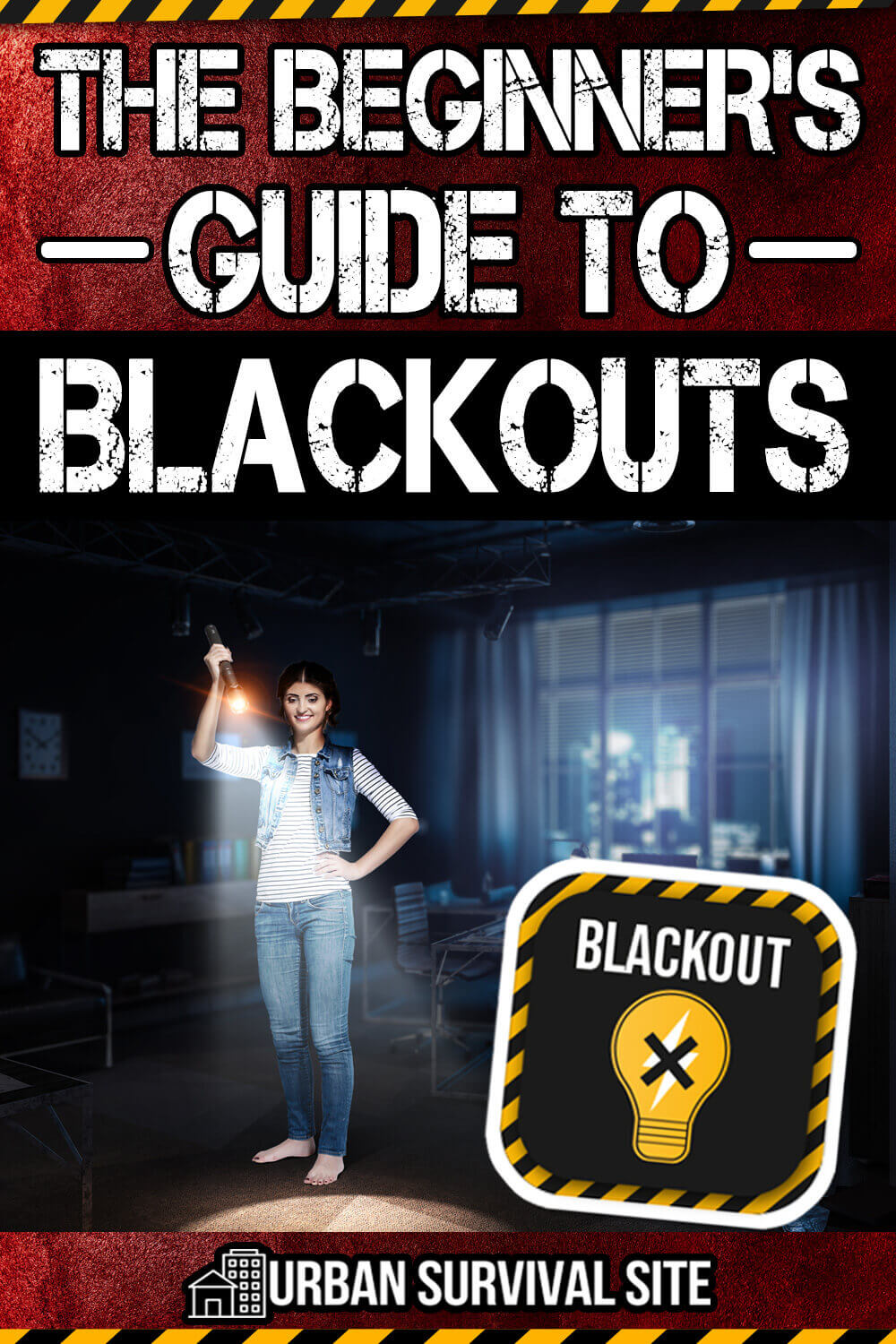In today’s interconnected world, where technology permeates every aspect of our lives, the sudden onset of a blackout can feel like a jarring disruption. From the mundane inconveniences to life-threatening emergencies, the impact of a power outage can vary drastically. But what exactly is a blackout, and how long does it typically take to fix one?

Image: www.youtube.com
A blackout is a widespread power outage that affects a large geographic area, often spanning multiple cities, states, or even countries. Unlike a brownout, where power is partially reduced, a blackout involves a complete loss of electricity. The duration of a blackout can range from a few hours to several days, depending on the severity and location of the event.
Factors that Determine Blackout Restoration Time
The duration of a blackout can be influenced by a myriad of factors, including:
1. Cause of the Blackout
The underlying cause of the blackout plays a significant role in determining its duration. Severe weather events, such as hurricanes or tornadoes, can cause widespread damage to power grids, necessitating extensive repairs. Other potential causes include human error, equipment failures, or intentional attacks.
2. Geographic Scope of the Blackout
The geographic extent of the blackout impacts the number of utility workers and resources required to restore power. A blackout that affects a small, isolated area can be resolved more quickly than one affecting a large metropolitan region.

Image: urbansurvivalsite.com
3. Infrastructure Resilience
The robustness of the local infrastructure also affects the restoration time. Areas with well-maintained and modernized grids tend to recover faster from blackouts. Underground power lines, smart meters, and backup generators can minimize disruptions and expedite restoration.
Estimated Blackout Restoration Times
While the exact restoration time can vary, utility companies generally have estimated ranges based on the severity of the event:
1. Minor Blackouts (Less than 12 Hours)
These blackouts are often caused by localized events, such as downed power lines or substation failures. With timely intervention, power can be restored within a few hours.
2. Moderate Blackouts (12-72 Hours)
These blackouts may affect larger areas and require more complex repairs. Utility crews may need to replace damaged equipment or restore transmission lines, extending the restoration time to several days.
3. Major Blackouts (72 Hours or More)
Large-scale blackouts, often triggered by major storms or infrastructure failures, can take days or even weeks to fully restore. In such cases, extensive repairs and restoration efforts are necessary to rebuild the damaged grid.
Emergency Preparedness for Blackouts
In anticipation of potential blackouts, individuals and businesses can take proactive steps to prepare:
1. Emergency Kit
Assemble an emergency kit that includes non-perishable food, water, a flashlight, a first-aid kit, and essential medications. Consider keeping a battery-powered or hand-crank weather radio for updates.
2. Generator and Backup Power Sources
If possible, invest in a portable generator for essential appliances or devices. Alternatively, explore backup power sources such as solar panels or battery-operated chargers to keep vital equipment running.
3. Communication Plan
Establish a communication plan with family and friends to coordinate in case of a blackout. Designate an out-of-town contact person who can provide support and relay information.
How Long Does It Take To Fix A Blackout
Conclusion
Blackouts, though disruptive, can be effectively managed with proper preparedness and a clear understanding of the restoration process. The duration of a blackout is influenced by several factors, including the cause, geographic scope, and infrastructure resilience. While utility companies strive to restore power as quickly as possible, it’s essential for individuals and businesses to be prepared for potential extended outages. By understanding the factors involved and taking proactive measures, we can mitigate the impact of blackouts and ensure a swift return to everyday life.